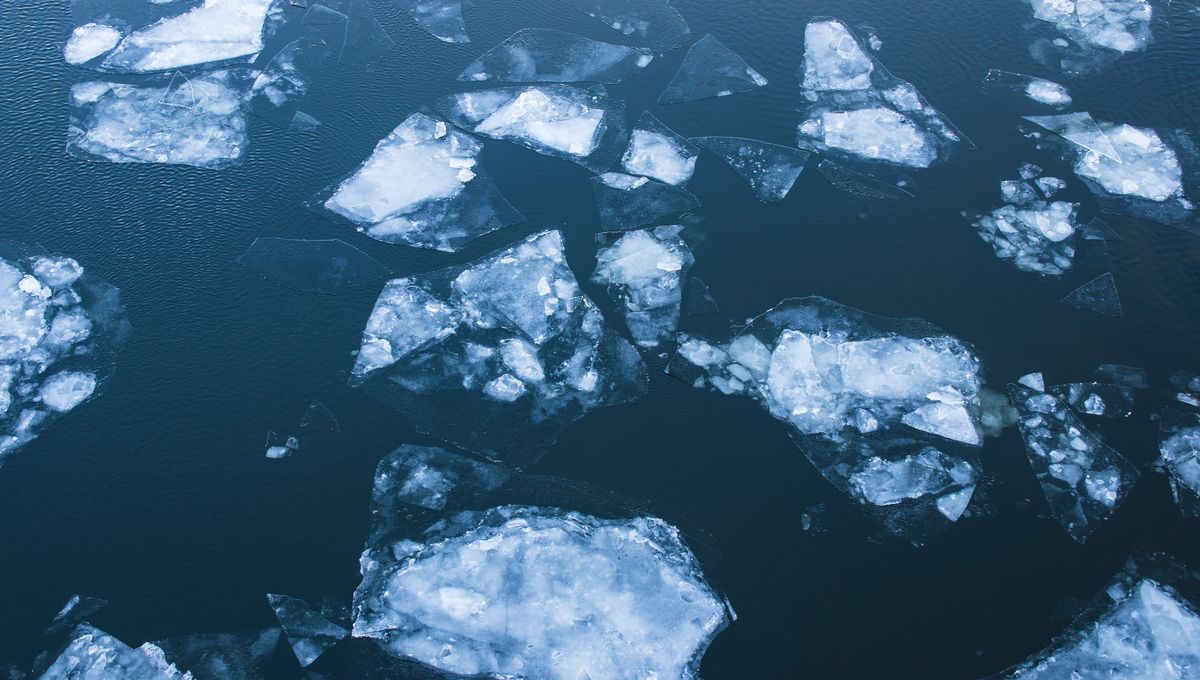
The Montreal Protocol was a landmark international agreement for the benefit of all humankind. It is among the only United Nations treaties ratified by every country in the world, designed to protect the ozone layer by phasing out harmful chemicals such as chlorofluorocarbons. And it is working. Since it entered into force in 1989, the ozone has been slowly recovering, and now researchers believe that it is also delaying the first summer in the Arctic where no ice is present.
Over the last 40 years, about half of all Arctic Sea Ice has gone for good. The summer Arctic sea ice extent is shrinking by one-eighth every decade and we are getting closer to the point of a completely ice-free Arctic. But the Montreal Protocol has delayed that scenario by as much as 15 years, according to new research.
Ozone-depleting substances (ODSs) not only destroy the ozone layer, which protects us from the dangerous ultraviolet light from the Sun, but they are also powerful greenhouse gases. They are tens of thousands of times more powerful at trapping heat than carbon dioxide. Thanks to the Protocol, their atmospheric concentrations have steeply declined, and this has impacted global warming.
“The first ice-free Arctic summer – with the Arctic Ocean practically free of sea ice – will be a major milestone in the process of climate change, and our findings were a surprise to us,” co-author Lorenzo Polvani, from Columbia University, said in a statement. “Our results show that the climate benefits from the Montreal Protocol are not in some faraway future: the Protocol is delaying the melting of Arctic sea ice at this very moment. That’s what a successful climate treaty does: it yields measurable results within a few decades of its implementation.”
The estimate from their work shows that without the Montreal Protocol being enacted, the global mean surface temperature in 2050 would be around 0.5°C (0.9°F) warmer and the Arctic polar cap would be almost 1°C (1.8°F) warmer. As we are trying to keep the global mean surface temperature below 1.5°C (2.7°F), such an increase would have been terrible.
“This important climate mitigation stems entirely from the reduced greenhouse gas warming from the regulated ODSs, with the avoided stratospheric ozone losses playing no role,” added co-author Mark England.
“While ODSs aren’t as abundant as other greenhouse gasses such as carbon dioxide, they can have a real impact on global warming. ODSs have particularly powerful effects in the Arctic, and they were an important driver of Arctic climate change in the second half of the 20th century. While stopping these effects was not the primary goal of the Montreal Protocol, it has been a fantastic by-product.”
The work shows the beneficial consequences of treaties that are taken seriously and enforced.
The study is published in the Proceedings of the National Academy of Sciences.
Source Link: Ozone-Protecting Treaty Delayed First Ice-Free Arctic Summer By Up To 15 Years